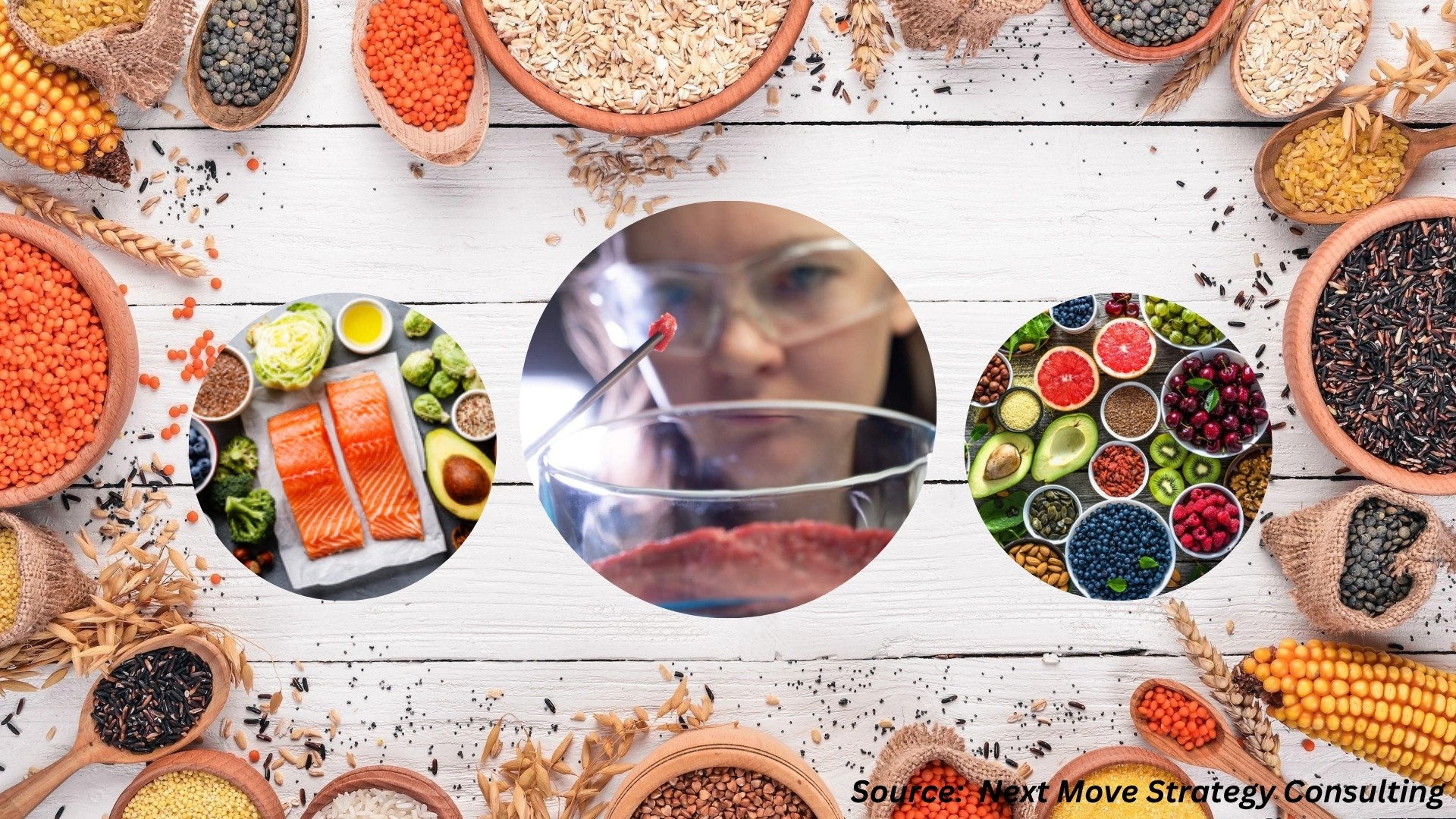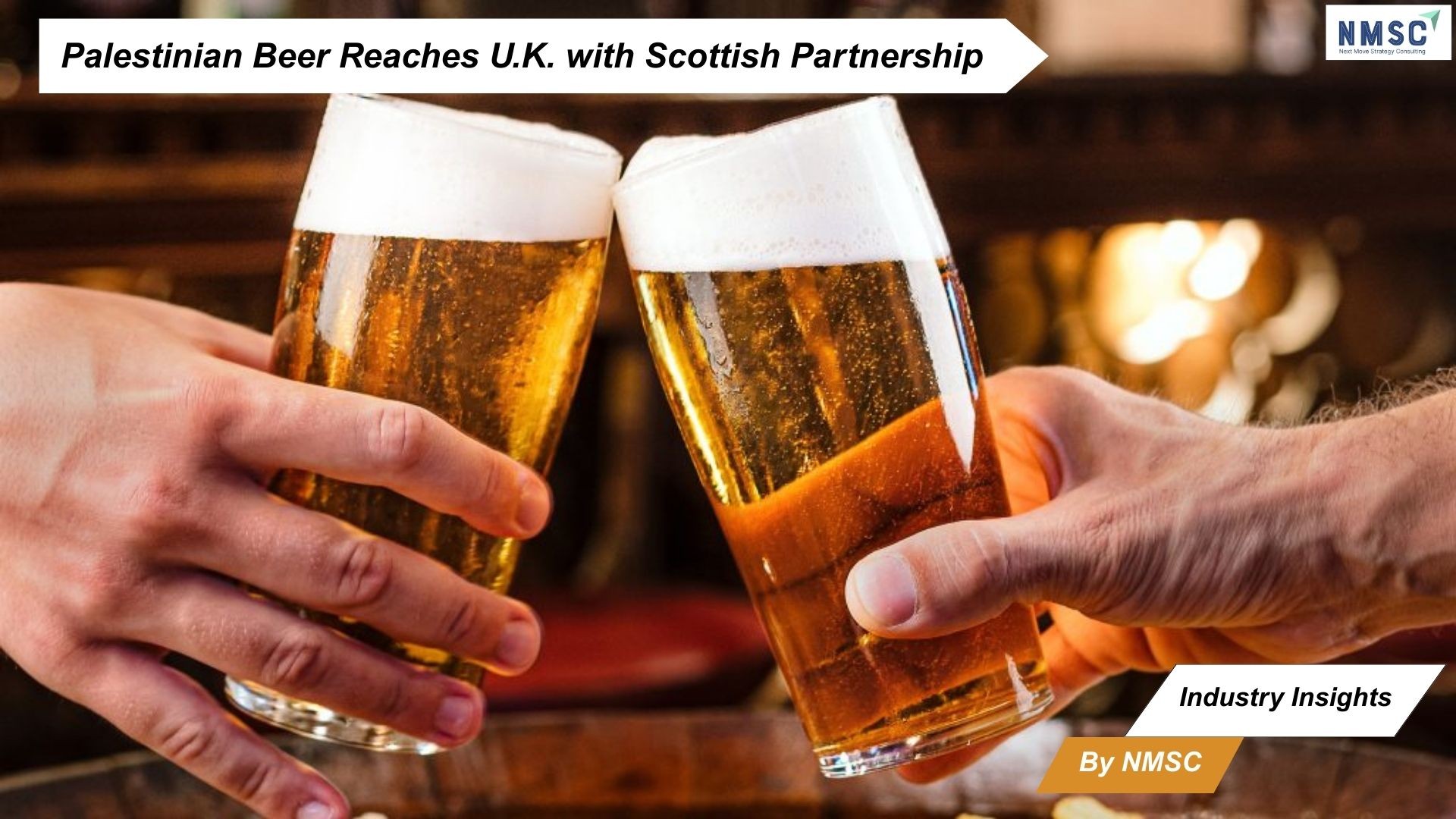Smart Food: Innovations Powering the Future of Sustainable Nutrition
Published: 2025-09-10

The global food industry is undergoing a revolutionary shift, led by the rise of Smart Food technologies that combine sustainability, nutrition, and innovation. From indoor microalgae farming in Iceland to millet-based diabetes prevention programs in Africa and India, 2025 is shaping up to be a pivotal year in redefining what—and how—we eat.
In this blog, we explore how new food technologies, agritech investments, and dietary innovations are transforming both production and consumption, with insights from global leaders and ongoing initiatives.
Microalgae Farming: The Unsung Hero of Smart Nutrition
At the heart of VAXA Technology’s state-of-the-art indoor farming facility lies a liquid teeming with life—home to Icelandic Ultra Spirulina, a nutrient-dense microalgae. Rich in protein, iron, and essential fatty acids, this remarkable organism offers a highly sustainable source of nutrition for both human consumption and aquaculture. The facility’s vibrant red and blue lighting is not merely aesthetic; these wavelengths are carefully calibrated to support optimal photosynthesis, fueling the growth of this next-generation superfood.
VAXA strategically set up its facility next to one of the world’s largest geothermal power plants in Hellisheiði—an area where key resources are naturally abundant. The company taps into the plant’s outputs, including waste heat, 100% renewable electricity, hot and cold non-marine water, and carbon dioxide, to drive a highly efficient and controlled production process within a fully bio-secured environment. The impact is striking: VAXA’s method uses less than 1% of the land and freshwater typically needed for microalgae cultivation, while boosting yield by up to ten times. Powering this innovation is technology provided by Siemens.
Key Benefits and Applications of VAXA’s Icelandic Ultra Spirulina
-
Nutritional Powerhouse for Humans
-
Offers nutritional equivalence to beef
-
Contains all essential amino acids
-
Provides highly bioavailable iron
-
Delivers active, unopposed vitamin B12
-
Comes with a much lower carbon footprint compared to traditional animal protein sources
-
-
Diverse Food Applications
-
Already used in products such as:
-
Bread
-
Shakes
-
Plant-based meat alternatives
-
-
-
Aquaculture Advantages
-
Supplied to fish hatcheries
-
Testing shows improved fish survival rates
-
Enhances immune function in aquatic species
-
Summary
VAXA Technology cultivates Icelandic Ultra Spirulina in a high-tech indoor facility powered by geothermal resources in Iceland. Using Siemens technology, the process is highly efficient—requiring minimal land and water while delivering up to ten times higher yields. This nutrient-rich microalgae, already used in foods and aquaculture, offers a sustainable, low-carbon alternative to traditional protein sources.
SOKOVO and Food Tech Valley: Driving Agritech Forward
Food Tech Valley has become a key hub for advancing agritech startups, fostering innovation, and bridging the gap between entrepreneurs and investors.
SOKOVO Nature Farms: Pioneering Sustainable Agritech in Dubai
One of the early adopters tapping into the Food Tech Valley ecosystem is Sokovo Nature Farms—an agritech pioneer embedding advanced technologies into sustainable food systems right from the heart of Dubai. “We at SOKOVO Nature Farms are deeply aligned with Dubai’s vision of becoming a global hub for sustainable food production,” says Sumedha Sharma, CEO of SOKOVO Nature Farms, in a statement to EconomicTimes.com.
Food Tech Valley’s Role in SOKOVO’s Growth and Credibility
Sumedha Sharma attributes SOKOVO Nature Farms’ success to Dubai’s supportive agritech ecosystem—especially Food Tech Valley—which has been instrumental in establishing the company as a reliable provider of “locally grown, high-quality produce.”
Millets and Metabolic Health
Diabetes-related deaths have increased by 70% since 2000, with the global number of people living with diabetes expected to soar to 700 million by 2045. These figures are deeply concerning and highlight the urgent need for preventive action. Studies emphasize that diet plays a crucial role in both preventing and managing diabetes, reinforcing the importance of adopting wholesome, nutrient-rich food choices to address this growing global health challenge.
Millets, a diverse group of grains, offer a nutritious dietary choice that can help manage lifestyle-related diseases, especially diabetes. Their primary advantage lies in their low glycemic index (GI), which plays a vital role in regulating blood sugar levels. On average, millets have a GI of 52.7—significantly lower than white rice (66), corn flour (70), and refined wheat flour (85). Notably, even after typical cooking methods such as boiling, baking, or steaming, research shows that millets retain a lower GI compared to rice, wheat, and maize.
Millets: A Sustainable Solution for Health, Nutrition, and the Environment
-
Combat Malnutrition and Improve Human Health
-
Rich in essential nutrients, millets help address nutritional deficiencies
-
Support the management of lifestyle diseases like diabetes and heart conditions
-
-
Environmental and Agricultural Benefits
-
Require less water and are resilient to drought, reducing pressure on natural resources
-
Adapt well to climate change, supporting sustainable agriculture
-
-
Alignment with Global Goals
-
Contribute to multiple UN Sustainable Development Goals (SDGs), including Zero Hunger, Good Health and Well-being, and Climate Action
-
-
Opportunities for Industry and Innovation
-
Enable the development of low-carbon food products
- Present economic opportunities across the food value chain—for farmers, businesses, and consumers alike.
-
Collective action is essential to unlock the full potential of millets as a healthy food choice for all, especially in managing diabetes. Governments, organizations, and civil society must collaborate to raise awareness, support research, and implement policies that promote millet consumption through targeted campaigns, workshops, and educational initiatives.
As global food demand is expected to rise by 60% by 2050, the pressures on the food production industry are intensifying. Traditional agriculture faces mounting challenges from climate change, resource limitations, and the urgent need for sustainable solutions. In response, food technology is stepping up as a crucial driver—merging innovation with sustainability to build more resilient and efficient food systems.
The top 4 food tech innovation trends in 2025:
-
Carbon Utilization in Food Production: The fusion of cutting-edge food technology and sustainable innovation has paved the way for significant progress in carbon utilization—an emerging field focused on transforming carbon dioxide (CO₂) into valuable food ingredients. A prime example is Arkeon, a partner of the ICL Planet Startup Hub, which is developing breakthrough technology to convert CO₂ into protein-based ingredients.
-
AI in Food Technology: Artificial Intelligence (AI) is revolutionizing food tech by enabling unprecedented precision, efficiency, and scalability. In food production, AI plays a critical role in optimizing processes, accelerating research and development, and creating innovative ingredients tailored to consumer and environmental needs.
-
Precision Fermentation: Precision fermentation represents a cutting-edge approach to producing specific ingredients such as proteins, enzymes, and fats with unprecedented precision and efficiency. This revolutionary technology harnesses microorganisms in controlled environments, paving the way for sustainable food innovation.
-
Cultivated Meat: An Ethical and Sustainable Protein Alternative: Cultivated meat—also known as lab-grown meat—is gaining global recognition as a sustainable and ethical alternative to conventional livestock farming. As noted in the ICL Group’s outlook on foodtech, cultivated meat represents a key frontier in the alternative protein space, offering a solution that reduces environmental impact and addresses ethical concerns tied to traditional meat production. By eliminating the need for large-scale animal agriculture, cultivated meat contributes to more efficient use of land and resources, while aligning with evolving consumer expectations around animal welfare and climate responsibility. Although still in the early stages of commercialization, innovations in this sector are poised to reshape how we think about protein, sustainability, and food system resilience.
Smart Food Innovations Summary Table (2025)
|
Category |
Innovation |
Key Highlights |
|
Microalgae Farming |
VAXA’s Icelandic Ultra Spirulina |
- Indoor facility using geothermal energy in Hellisheiði, Iceland |
|
Sustainable Agritech Hubs |
SOKOVO Nature Farms, Dubai (via Food Tech Valley) |
- Leverages Dubai’s Food Tech Valley ecosystem |
|
Millets for Diabetes & Nutrition |
Nutrient-rich, Low-GI Grains |
- GI average: 52.7 (lower than rice, wheat, corn) |
|
Carbon Utilization |
Arkeon’s CO₂-to-Protein Tech |
- Converts CO₂ into amino acids/protein via microbial fermentation |
|
AI in Food Tech |
Process & Ingredient Optimization |
- AI applied to food R&D, production, and supply chain |
|
Precision Fermentation |
Microbial Ingredient Engineering |
- Produces custom proteins, enzymes, fats in bioreactors |
|
Cultivated Meat |
Lab-Grown Ethical Protein |
- Cell-based meat alternatives to livestock farming |
Next Steps: What Policymakers, Startups, and Consumers Can Do
To unlock the full potential of smart food, different stakeholders must act collaboratively.
1. Invest in Inclusive Agritech
Encourage more public-private partnerships to support innovation in regions with fragile food systems.
2. Support Traditional Crops with Modern Science
Blend heritage grains like millets with scientific research for evidence-based health interventions.
3. Promote Transparent Food Education
Raise consumer awareness about the nutritional and environmental benefits of smart food innovations.
4. Foster Cross-Sector Collaboration
Bridge food science with AI, biotech, and clean energy for scalable smart food ecosystems.
5. Scale Sustainable Production Models
Incentivize models like VAXA’s to multiply low-carbon food sources in resource-constrained settings.
Conclusion
Smart food is not just a trend—it is a global necessity. In 2025 and beyond, the convergence of food, tech, and sustainability will determine how well we feed the world without exhausting the planet. The good news? The solutions are already here—just waiting to scale.
About the Author
 Karabi Sonowal is an experienced SEO Executive and Content Writer in digital marketing. She excels in SEO, content creation, and data-driven strategies that boost online visibility and engagement. Known for simplifying complex concepts, Karabi creates impactful content aligned with industry trends.
Karabi Sonowal is an experienced SEO Executive and Content Writer in digital marketing. She excels in SEO, content creation, and data-driven strategies that boost online visibility and engagement. Known for simplifying complex concepts, Karabi creates impactful content aligned with industry trends.
About the Reviewer
 Sanyukta Deb is a seasoned Content Writer and Team Leader in Digital Marketing, known for her expertise in crafting online visibility strategies and navigating the dynamic digital landscape. With a flair for developing data-driven campaigns and producing compelling, audience-focused content, she helps brands elevate their presence and deepen user engagement. Beyond her professional endeavors, Sanyukta finds inspiration in creative projects and design pursuits.
Sanyukta Deb is a seasoned Content Writer and Team Leader in Digital Marketing, known for her expertise in crafting online visibility strategies and navigating the dynamic digital landscape. With a flair for developing data-driven campaigns and producing compelling, audience-focused content, she helps brands elevate their presence and deepen user engagement. Beyond her professional endeavors, Sanyukta finds inspiration in creative projects and design pursuits.
















Add Comment